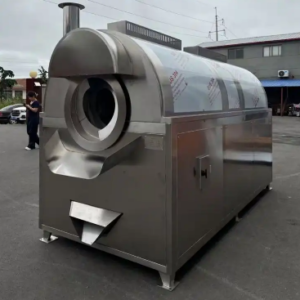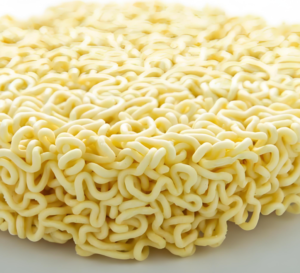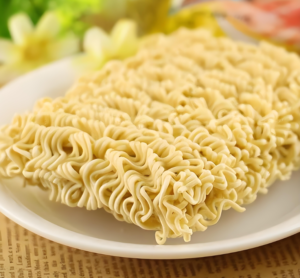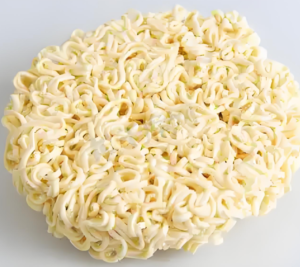potato chips making machine
ToggleHow to Properly Wash Potatoes for Potato Chip Production
Proper washing is a critical step in potato chip manufacturing, as it removes dirt, bacteria, and excess starch while ensuring food safety and product quality. Below is a detailed guide on how to clean potatoes effectively before slicing and frying.
1. Pre-Cleaning Inspection
Before washing, potatoes should be inspected to:
- Remove rotten, green, or damaged potatoes (they can affect flavor and safety).
- Eliminate stones, soil clumps, and other foreign materials.
2. Dry Cleaning (Initial Debris Removal)
- Brush Rollers or Air Jets: Potatoes pass through rotating brushes or high-pressure air blowers to remove loose dirt and dry mud.
- Vibrating Screens: Shaking conveyors help separate smaller debris from the potatoes.
3. Soaking and Pre-Rinsing
- Water Soaking (Optional): Some facilities soak potatoes briefly (1–2 minutes) in cold water to loosen stubborn dirt.
- First Rinse: High-pressure water sprays remove surface contaminants before peeling.
4. High-Pressure Washing
- Spray Nozzles: Potatoes move through a tunnel with multiple high-pressure water jets (10–15 bar) to scrub off remaining dirt.
- Rotating Drums or Brush Washers: Some systems use soft bristles to gently scrub potatoes without damaging them.
5. Peeling and Post-Wash Rinse
- Mechanical/Steam Peeling: After initial washing, potatoes are peeled, exposing fresh surfaces that may still have residual starch.
- Final Rinse: Another round of water sprays removes leftover peel fragments and starch.
6. Anti-Browning Treatment (Optional)
- Citric Acid or Calcium Chloride Dip: Some manufacturers briefly soak peeled potatoes in a mild anti-browning solution to prevent discoloration before slicing.
- Cold Water Rinse: A quick rinse afterward removes excess treatment chemicals.
7. Starch Removal for Sliced Potatoes
After slicing, potato pieces are often rinsed again to:
- Reduce Surface Starch: Prevents chips from sticking together during frying.
- Improve Crispiness: Excess starch can lead to uneven browning and a harder texture.
8. Water Recycling and Filtration
- Closed-Loop Systems: Many plants recycle wash water through filters and UV treatment to reduce waste.
- Sedimentation Tanks: Separate soil and potato particles from water before reuse.
9. Quality Control Checks
- Visual Inspection: Ensure no dirt, peel residues, or damaged potatoes remain.
- Microbial Testing: Regular water and potato surface tests for bacteria (e.g., E. coli, Salmonella).
Key Tips for Effective Washing
✔ Water Temperature: Use cold water (10–15°C) to prevent starch activation.
✔ Water Pressure: Adjustable nozzles ensure thorough cleaning without damaging potatoes.
✔ Sanitation: Regularly clean washing equipment to avoid biofilm buildup.
Conclusion
Proper washing ensures potato chips are safe, visually appealing, and free from off-flavors caused by dirt or starch. By combining mechanical brushing, high-pressure rinsing, and optional anti-browning treatments, manufacturers can maintain high hygiene standards and produce premium-quality chips.
Would you like details on organic washing methods or eco-friendly water-saving techniques?








